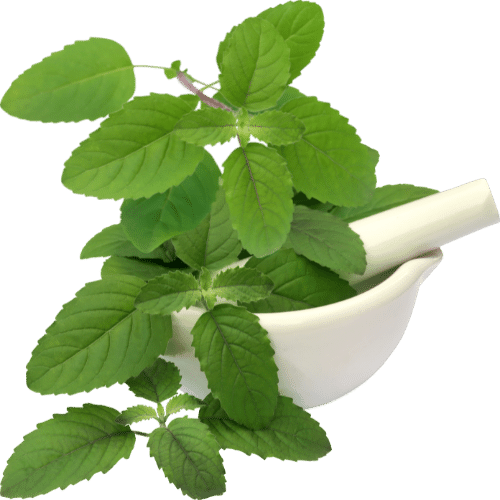Class 3 EVS Chapter 14 The Story of Food Revision Notes and Worksheets
FAQs on The Story of Food Class 3 Notes CBSE EVS Chapter 14 (Free PDF Download)
1. What are the prime sources of our food?
The two prime sources of our food are plants and animals. We make different products from plants and animals and use them to either eat raw or cooked.
2. What does Class 3 EVS Chapter 14 The Story of Food teach us?
Class 3 EVS Chapter 14 The Story of Food teaches us the different ways to cook food. It gives us an idea about various ingredients that go into cooking. It also tells us how there are few food items that we eat raw and while some need to be cooked properly. In some cases, we even prepare semi-cooked foods and eat them fresh.
3. What are the different ways to cook food?
We use different methods to cook food depending on the heat source. In most kitchens, we find gas stoves. Families in the villages use sticks and leaves as heat sources. Some families use efficient solar cookers to save fuel.
4. Why is it important to understand the food chain and different food groups in 'The Story of Food' notes of Class 3 CBSE?
Understanding the food chain helps us comprehend where our food comes from and the processes involved in its production. Learning about various food groups is essential as it educates us about the nutritional value each group provides, aiding in maintaining a balanced diet for good health.
5. How do these 'The Story of Food' notes of Class 3 CBSE help in creating awareness about sustainable food practices?
These notes shed light on farming methods, the effort involved in food production, and the importance of conserving resources. By understanding these concepts, students develop an appreciation for sustainable practices, encouraging them to make informed choices that promote environmentally friendly and ethical food consumption.
6. How do 'The Story of Food' notes of Class 3 CBSE contribute to practical application in daily life?
These notes educate students about the sources of food, its nutritional significance, and the effort behind its production. This knowledge empowers them to make healthy food choices, appreciate the importance of a balanced diet, and develop gratitude for the food they consume daily, fostering responsible eating habits.



















